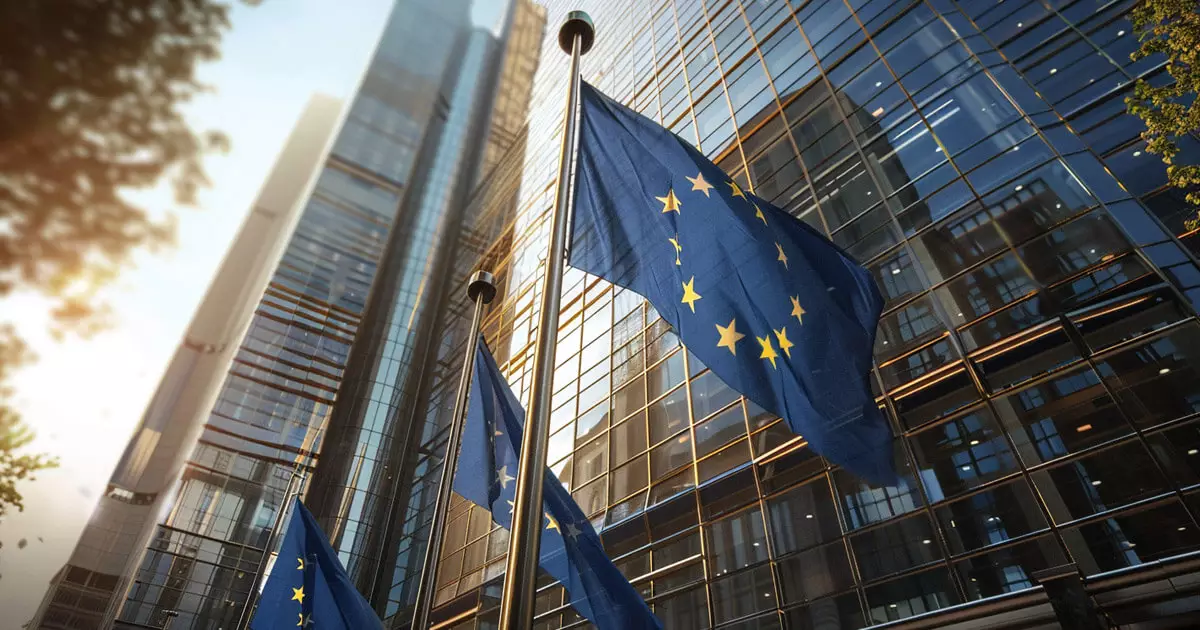On September 16, the DLT Science Foundation (DSF) took a significant step in shaping the future of digital assets by announcing the inception of the MiCA Crypto Alliance. Spearheaded by notable entities such as Hedera, Ripple, and the Aptos Foundation, this collaborative effort comes on the heels of the European Union’s Markets in Crypto Assets (MiCA) regulation. The regulation is designed not merely as a set of rules but as a robust framework aimed at protecting cryptocurrency users while simultaneously fostering innovation within the digital asset space.
The MiCA regulation imposes rigorous disclosure criteria on Crypto-Asset Service Providers (CASPs), encompassing centralized exchanges. These regulatory frameworks require CASPs to disclose the environmental ramifications of their operations, an obligation that involves presenting this information in public-facing documents like white papers and online summaries. This initiative is a leap towards heightened transparency in an industry often criticized for its lack of environmental accountability. By mandating these disclosures, MiCA seeks to pave the way for more responsible practices among crypto firms.
Challenges Ahead for CASPs
While the goals of MiCA are commendable, several challenges loom for CASPs. The absence of a standardized compliance template could complicate efforts to meet these disclosure requirements. Without a clear guideline, companies risk falling short of regulatory expectations, which could lead to significant repercussions. The MiCA Crypto Alliance aims to tackle these hurdles head-on, acting as a bridge between compliance expectations and practical implementation.
The formation of the MiCA Crypto Alliance holds promise for improving compliance consistency across the sector. By bringing together major blockchain projects and organizations, the alliance seeks to unify efforts in standardizing critical documents and sustainability metrics. Members of the alliance will gain access to unique tools provided by the DSF, including AI-driven resources for white paper development. By facilitating an easier path to compliance, the alliance positions itself as a beneficial resource for its members, potentially leading to enhanced environmental responsibility across the board.
Statements from Industry Leaders
Dr. Paolo Tasca, the visionary behind the DSF, emphasized the significance of sustainability disclosure for driving projects towards climate accountability. His commitment to setting compliance standards demonstrates a proactive approach to navigating the evolving regulatory landscape. Furthermore, industry voices like Nilmini Rubin from Hedera highlight the cooperation among leading blockchain networks as a means to attain shared visions of transparency and regulation, ultimately benefitting both consumers and industry stakeholders alike.
The launch of the MiCA Crypto Alliance is a substantial stride toward harmonizing regulatory compliance within the dynamic digital asset landscape. As the crypto market continues to expand, taking steps to ensure sustainability and accountability is crucial for fostering public trust and supporting innovation. By establishing a collaborative framework for compliance, the alliance not only positions its members favorably within regulatory contexts but also champions a more sustainable future for the entire crypto ecosystem.

